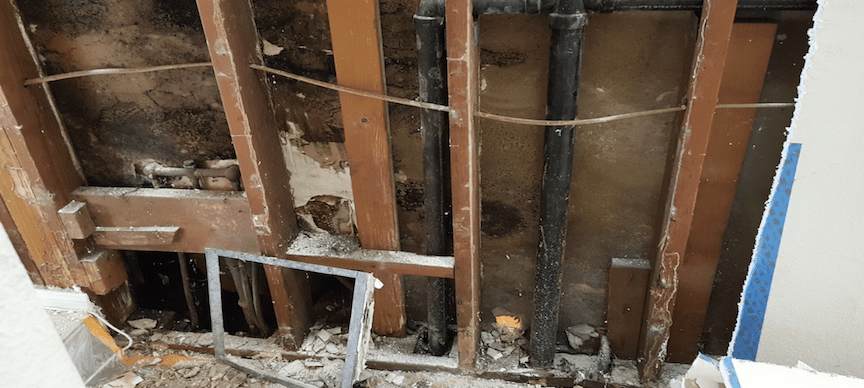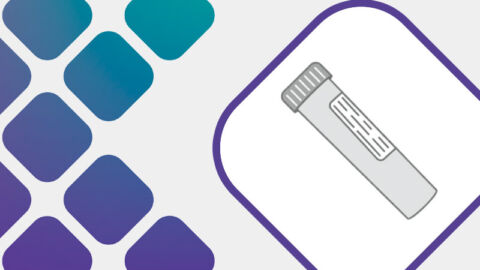SUMMARY:
In the presentation, The Hidden Threat of Mycotoxins, Mark Filidei, DO points out that not all molds produce mycotoxins, nor are toxins constantly produced by mycotoxin-producing molds. Mycotoxins and mold exposure can have an impact on mental health, so mycotoxin testing is a component of patient intake. Dr. Filidei reviews case studies of patients affected by mycotoxins and provides treatment insights.
Mark Filidei, DO begins with brain SPECT scans, an integral part of patient assessment at Amen Clinics. “You have to look at the brain to know if you have a brain problem,” Dr. Filidei says, but that imaging does not identify the cause. Common brain scan findings such as reduced perfusion and the presence of scalloping suggest the possibility of mold exposure, but many other potential toxins, as well as conditions such as anoxia or hypothyroidism, can damage the brain. Symptoms of mold exposure in the CNS include all the usual suspects, from headache to dementia.
Mycotoxins are metabolically expensive, and so are not produced until molds are threatened – mycotoxins are chemical warfare agents. Growing molds also emit toxic volatile organic compounds (VOCs), which can be inhaled in water-damaged buildings.
The patient’s total toxic load influences how severely an individual will react to mold exposure and how quickly mycotoxins will be eliminated. All toxins, regardless of source, are eliminated through the liver. Some of the more lipophilic toxins such as ochratoxin may be picked up by bile and deposited into the GI tract, and perhaps partially reassimilated into the bloodstream. Ultimately, toxin loads are mainly eliminated through the kidneys. If the patient has absorbed substantial levels of other toxins, they will “compete” with mycotoxins for elimination, along with normal metabolic byproducts.



Filidei commented that he has focused on mycotoxins in food, but notes that water-damaged buildings can be more dangerous. Humans may have become more adapted to mold in food, particularly ochratoxin, “which has been in our diets forever,” and is produced by the ubiquitous aspergillus genus of mold.
Much of our knowledge of the impact of mold on mammals comes from animal husbandry science and the farm/food industry. Mycotoxins come from feeding grains. Dr. Filidei includes animal studies of how mycotoxins, including ochratoxin and trichothecenes, cause direct apoptosis of neurons, as well as damaging the intestinal lumen barrier.
Dr. Filidei also discusses Zearalenone’s effect on hormone activity and presents a study of fungus in the brain of a patient with Alzheimer’s Disease and adds a summary table of toxic and immunosuppressive effects of important mycotoxins, including deoxynivalenol (DON) and patulin, found in apples.

A case study of a woman with chronic UTIs and tail-bone infections is included with photos of the mold-contaminated home. More photos of contaminated food follow, along with a world map and extensive data showing the US is by no means a low-mycotoxin area. Dr. Filidei includes information for mycotoxin management products to prevent and treat illness in farm animals, pointing out that such products are not routinely offered for humans.
Dr. Filidei also discusses differences in Shoemaker’s vs Brewer’s approach to fungal disease treatment, noting and emphasizing that Brewer analyzes mycotoxins in urine as well as spores in nasal swab tests, while Shoemaker relies on immune system markers. Dr. Filidei explains ERMI testing and PCR testing since removal of mold exposure is crucial. Binders for mold detox of the body is mentioned, along with glutathione, phospholipids and sauna. He winds up his presentation with a reminder that we do not live in a sterile world.





